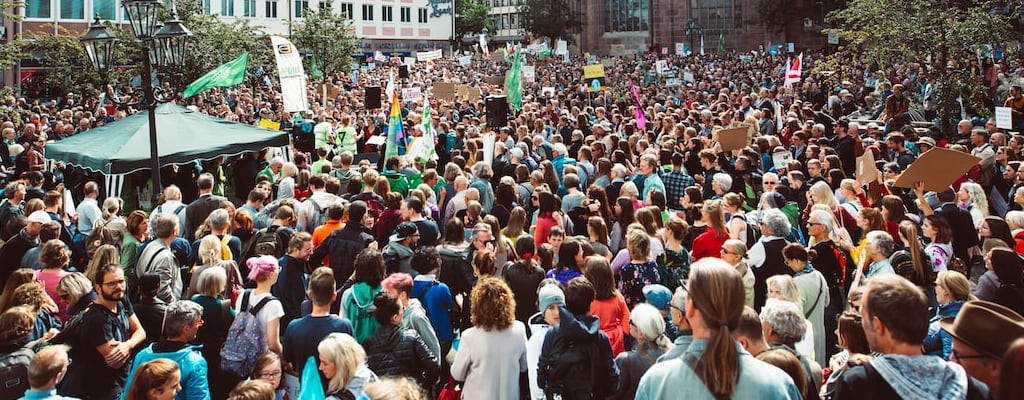street appeal: Idiom Meaning and Origin
What does ‘street appeal’ mean?
Street appeal refers to the attractiveness or desirability of a property when viewed from the street. It is a term commonly used in real estate to describe how appealing a property appears to potential buyers or passersby.

Idiom Explorer
An idiom meaning an unrealistic or unattainable desire/expectation, often used to convey someone wanting something that is impossible to obtain.
An idiom used to emphasize the extreme or exceptional quality of someone or something.
The idiom "sweet young thing" refers to a young person, usually a woman, who is considered attractive, innocent, and appealing due to their youthfulness.
"String attached" means that there are conditions or restrictions placed on something, usually in regards to a favor, gift, or offer. It implies that there are additional expectations or obligations involved.
The idiom "streets behind" means being significantly behind or lagging behind in terms of knowledge, progress, or understanding compared to others.
The idiom "streets ahead" means to be significantly more advanced or superior to something or someone else. It is often used to describe a person or thing that is far ahead in terms of skills, abilities, or performance.
When someone "steals the show," they attract the most attention and admiration, often by outshining others in a performance or event.
The idiom "steal a glance" means to quickly and discreetly look at something or someone, often when it is not socially acceptable or appropriate to do so.
"Stars in one's eyes" is an idiom that means to have a sense of excitement, wonder, or idealism. It is often used to describe someone who is overly optimistic or has unrealistic expectations about something.
Spring fever refers to a feeling of restlessness or excitement that occurs as the weather becomes warmer and the days get longer. It is often associated with a desire to be outdoors and enjoy the new season.
Unraveling 'Street Appeal's' Origins
Street appeal is an idiom that originated in American English and describes the visual attractiveness or desirability of a property or object when viewed from the street or in public. It suggests that the subject has a positive aesthetic appeal that quickly catches the attention and interest of passersby or potential buyers. The term is commonly used in the real estate and home improvement context but has also extended to other areas.
One possible theory behind the phrase's origin is that it emerged during the mid-20th century when suburbanization was on the rise in the United States. As more people moved to suburban neighborhoods, the appearance of houses and the overall streetscape became important in attracting prospective buyers. Homeowners started investing in their properties to increase street appeal, making their homes visually appealing and desirable.
Another theory suggests that street appeal may have connections to the concept of curb appeal. Curb appeal refers to the attractiveness of a property when viewed from the curb. Since the two phrases have similar meanings and usage, it is possible that street appeal evolved as a variation or extension of curb appeal, focusing on the visual appeal from a street perspective.
Regardless of its precise origins, street appeal has become a widely recognized and commonly used term in real estate and beyond. Its popularity has grown as individuals and businesses emphasize creating positive first impressions, showcasing the attractive qualities of their surroundings, and maximizing visual impact.
Understanding street appeal is vital for those involved in real estate, architecture, or urban planning. It highlights the value placed on an attractive appearance and its potential influence on decision-making processes. By focusing on aesthetics and attending to visual details that shape how a property or object is perceived from the street, individuals can enhance its appeal and gain a competitive edge in the marketplace.
While the meaning and usage of street appeal are straightforward, its significance extends beyond the physical characteristics of a space or object. The idiom reflects the importance of presentation, the power of visual stimuli, and the human inclination towards attractive environments. It speaks to our innate desire to interact with surroundings that evoke positive emotions and capture our attention.
As the idiom street appeal continues to be used and adapted, it raises further questions about attractiveness, visual stimuli, and their impact on perception. How might this idiom evolve in the future? Will street appeal become even more relevant in an increasingly visual and digitally-driven society? These questions remain open, inviting further discussions about the ever-evolving world of idiomatic expressions.
Example usage
Examples of how the idiom "street appeal" can be used in a sentence:
- The house has great street appeal with its well-maintained garden and charming architecture.
- When selling a property, it's important to enhance its street appeal by making sure the exterior is well-maintained and visually appealing.
- The building's lack of street appeal made it difficult to attract potential tenants.
More "Fashion" idioms



